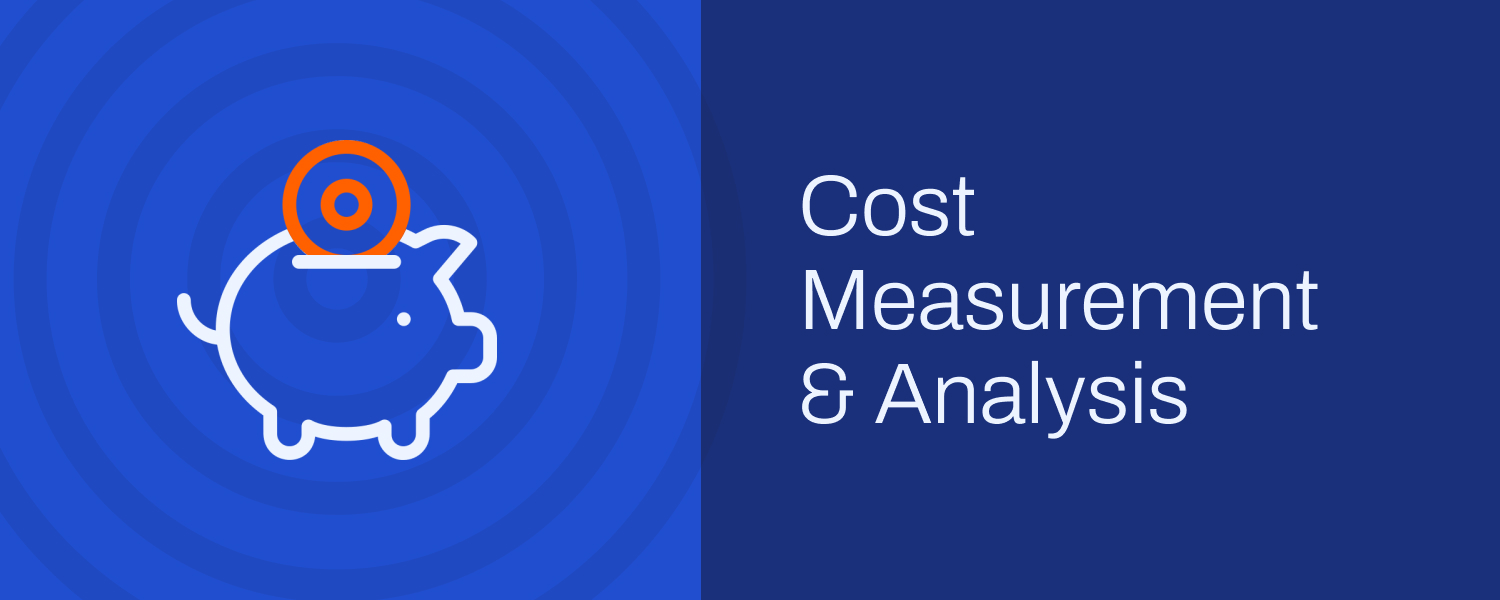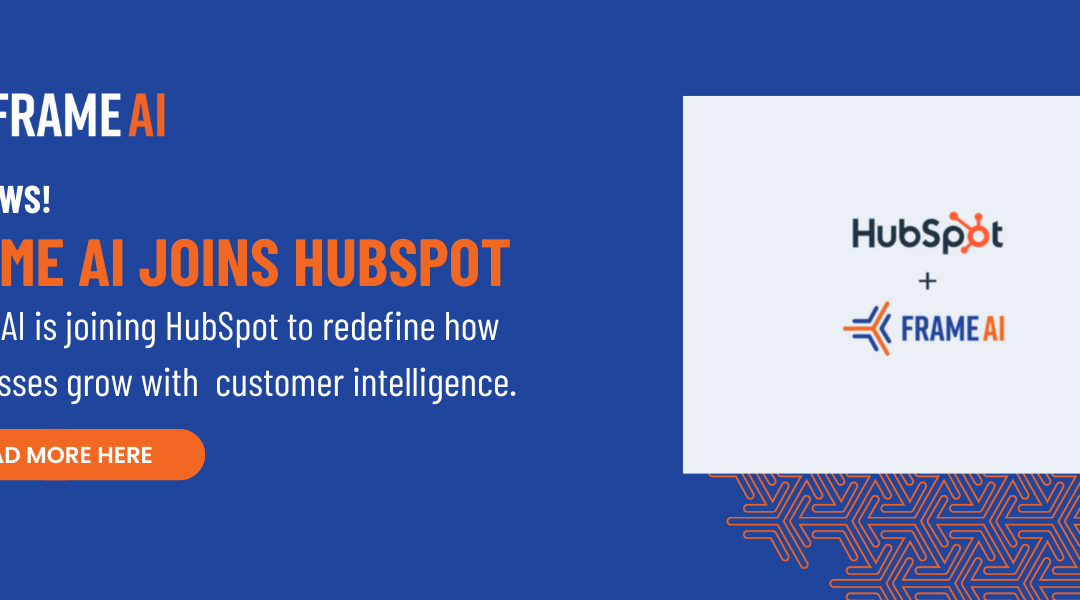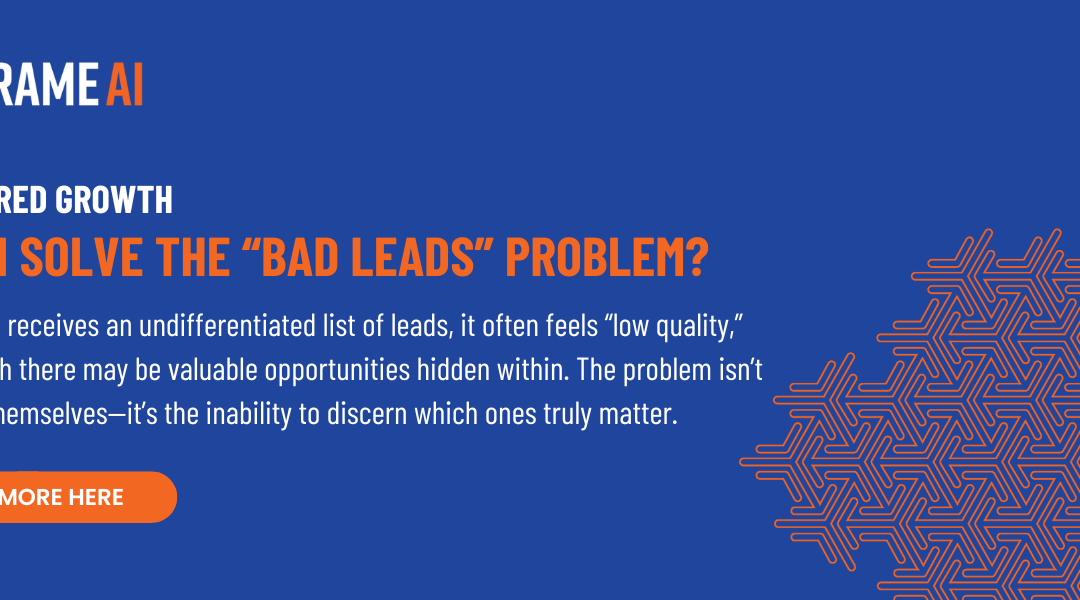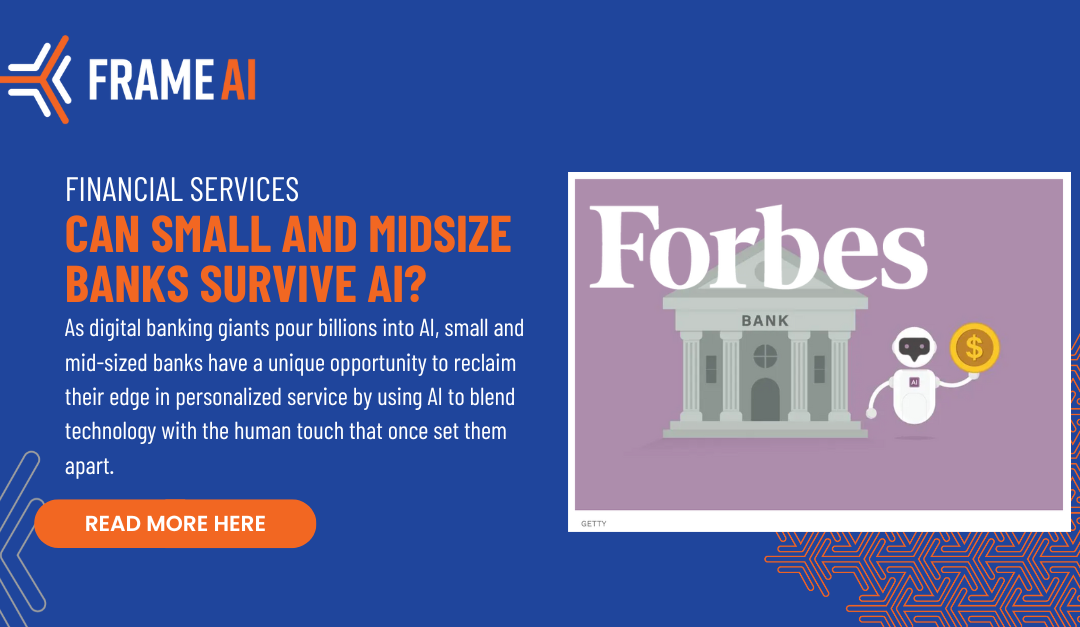Support leaders often express the difficulty of making business cases to other parts of the organization. Connecting Support metrics with tangible ROI for the rest of the business is a challenge. Traditional Support reporting is just not built for that. It’s either highly operational (resolution times, escalation rates) or an end unto itself (CSAT).
This has historically left Support leaders in tricky positions when it comes to organizational advocacy, but AI and NLU is changing that. By detecting and scoring patterns against the cost of labor, tools like Frame can accurately quantify the dollar value of every Support ticket.
By surfacing how much it actually costs to resolve product issues, these technologies help Support leaders collaborate cross-functionally to solve problems that drain resources. Companies are often surprised by how simple it is to fix these problems once they see exactly what they are.
Below, three case studies that illuminate how using AI to uncover the real cost of every support ticket makes strategic decision-making a lot easier.
Huge Ticket Volumes Reveal Small Billing Problem
A martech company with clients ranging from Fortune 100 businesses to local stores managed more than 65,000 support tickets through Zendesk. Quarterly NPS surveys only brought back a 15% response rate. The feedback often piled up, making it hard to find and act on key insights. As the company’s Senior Director of Customer Insights put it, the vast amount of data made pinpointing real issues like finding a needle in a haystack.
With Frame AI, the company started identifying the main drivers of customer sentiment. The insights came quickly and made a clear difference. For instance, they found that many of their hospitality clients faced billing issues. By making a small modification to their billing process for this segment, they saw a 63% drop in related support tickets in just one month. This shift not only improved customer sentiment but also boosted renewal rates and NPS scores by year-end.
Take the Politics Out of Support Meetings
A global database platform, with a clientele exceeding 6,000, struggled with feedback fragmentation: they engaged with Enterprise customers through shared Slack channels, and relied on a combination of Intercom and Salesforce Service Cloud for the broader client base.
Customer sentiment measurement was inconsistent; different platforms used different scales: Salesforce Service Cloud employed a 1-7 range, while Intercom opted for a trio of emojis. Slack, meanwhile, lacked a structured sentiment gathering mechanism altogether. The Head of Customer Operations summarized the frustration: “If we couldn’t align sentiment measurements, how could we accurately identify and address the underlying drivers?”
Within a few weeks, Frame AI unified the company’s three primary customer voice channels, enabling leaders to see the dollar value of discrete aspects of customer experience. Making the cost of product issues visible allowed management to ground resources discussions in a shared, factual understanding.
Pushing Frame AI’s scores into their Salesforce records streamlined reporting processes. Success Managers could track score variations in conversations with their accounts, and comprehensive reporting funneled into the company’s internal data lake. This significantly enhanced analysis, prioritization, and overall company productivity. The result? The company reclaimed at least 10 full business days each month.
From the Head of Customer Operations: “Now that we’re sharing data with this level of coverage and context, instead of anecdotes, cross-functional meetings feel less political and more productive. Having the ability to push scores into our systems of record means we can do something about what the data tells us.”
Getting to ‘the Why” Behind Customer Sentiment
Fastly, a leading edge cloud platform provider, grappled with the challenge of manually extracting insights from data dispersed between Zendesk and dedicated customer Slack channels. Jill Kahn, Senior Director of Customer Support Engineering, emphasized the challenge: “We were in dire need of a cohesive view that could seamlessly merge insights from both channels with our Salesforce CRM. The absence of this integrated perspective significantly hampered our visibility.”
Fastly’s first step was unifying data from Zendesk, Slack, Salesforce, CSAT and NPS data in Frame AI, to get a unified view of their end-to-end customer experience. By monitoring all communication channels at once, Frame AI helps Fastly bring rapid attention to urgent issues.
Frame produces a daily checklist for the executive team that directs attention to open cases needing oversight, while also highlighting themes across multiple accounts, and single accounts needing extra attention. “This overview impacts key metrics, including resolution rates and satisfaction, that ultimately drive customer happiness, retention, and growth,” says Kahn.
By flagging issues quickly and early to key decision makers, Fastly increased daily resolutions per agent by 25% and reduced customer wait time by 20%.




